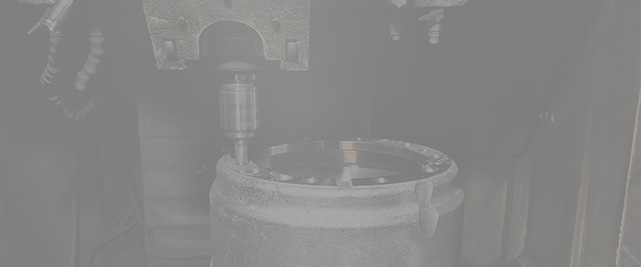Nov . 17, 2024 01:51 Back to list
how to measure a brake drum
How to Measure a Brake Drum A Step-by-Step Guide
When it comes to vehicle maintenance, ensuring that your braking system is functioning efficiently is of paramount importance for safety. One of the crucial components of the braking system is the brake drum, which houses the brake shoes and is vital for the vehicle's stopping power. Regular measurement of your brake drum is essential for maintaining optimal performance and ensuring safety on the road. This article will guide you through the process of measuring a brake drum, emphasizing precision and the tools needed for the task.
Tools Required
To accurately measure a brake drum, you will need a few tools
1. Vernier Caliper or Digital Caliper For precise measurements of the drum diameter. 2. Micrometer Useful for measuring the thickness of the drum. 3. Brake Drum Gauge An optional tool that can simplify measuring and provide clear readings. 4. Ruler or Tape Measure In case of larger drums where calipers may not fit. 5. Safety Equipment Gloves and goggles for protection during handling and measurement.
Step-by-Step Measurement Process
1. Safety First
Before starting any measurement, ensure that your vehicle is parked on a level surface. Engage the parking brake and use wheel chocks to prevent any movement. If you are lifting the vehicle, ensure it is securely supported by jack stands.
2. Remove the Wheel
To access the brake drum, you will need to remove the wheel. Use a lug wrench to loosen the lug nuts and then lift the vehicle. Once raised, completely remove the lug nuts and take off the wheel to expose the brake drum.
how to measure a brake drum

Before measuring, visually inspect the brake drum for any signs of wear or damage, such as cracks, deep grooves, or scoring. These issues can affect performance and might require a replacement rather than simply measurement.
4. Measure the Diameter
Using the vernier caliper or digital caliper, measure the diameter of the brake drum. Place the caliper’s jaws against the outer edge of the drum and close them until snug. Read the measurement on the caliper display or scale. It is recommended to take measurements at multiple points around the drum to ensure accuracy, as drums can wear unevenly.
5. Measure the Thickness
Next, measure the thickness of the brake drum. Use a micrometer or the caliper to measure the thickness at several points around the drum to find the thinnest area. According to manufacturers’ specifications, most brake drums have a minimum thickness requirement; ensure your measurements do not fall below this threshold.
6. Check for Runout
Runout is the measure of how much the brake drum deviates from a perfect circle during rotation. You can check this by using a dial indicator mounted on a stationary part of the vehicle. Rotate the drum slowly and note the variance in measurement. Excessive runout can cause vibration during braking and means you may need to turn or replace the drum.
7. Document Your Findings
Once you have gathered all measurements, write them down along with the date and the vehicle’s details. This documentation will be helpful for future reference and any service that may be needed.
Conclusion
Measuring a brake drum is a straightforward yet critical task that helps ensure the safety and functionality of your braking system. Regular checks can prevent poor braking performance and enhance overall vehicle safety. If at any point you are unsure about the condition of your brake drum or measurements indicate potential issues, consult a professional mechanic for a thorough assessment and necessary repairs. Remember, maintaining your brakes is not only key to safety but also contributes to the longevity of your vehicle.
-
Scania Brake Drums: OEM Quality for Optimal Safety & Durability
NewsAug.16,2025
-
R.V.I: Advanced Remote Visual Inspection for Precision
NewsAug.15,2025
-
Discover HYUNDA: Innovative Vehicles, Equipment & Solutions
NewsAug.14,2025
-
R.V.I: Unlock Advanced Insights & Real-time Performance
NewsAug.13,2025
-
Kamaz Brake Drum: Durable & Reliable for Heavy Duty Trucks
NewsAug.12,2025
-
Heavy Duty Iveco Brake Drum - Premium Quality & Safety
NewsAug.11,2025
